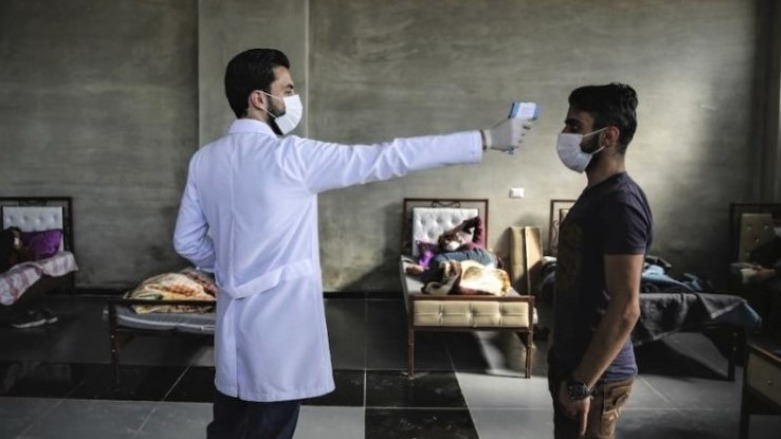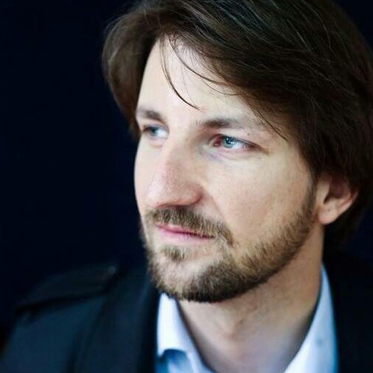Over 100 civil society groups in northeast Syria warn of unfair COVID-19 vaccine distribution

ERBIL (Kurdistan 24) – Over 100 civil society organizations and institutions in northeastern Syria on Monday expressed concerns regarding the distribution of COVID-19 vaccines in their areas by the World Health Organization, arguing that there is a high likelihood that the process will be abused by the Syrian government in Damascus.
According to the World Health Organization (WHO), one million doses of AstraZeneca vaccine are set to arrive in Syria soon, with initial batches including 336,000 doses to Syrian opposition held-areas and 90,000 doses to areas in the northeast that are controlled by the US-backed Syrian Democratic Forces (SDF).
In a joint statement, the groups expressed grave concern that the amount of doses allocated to the northeast will not be enough for an area with more than 5 million people and that primary access will be given to the Syrian regime rather than the local Kurdish-led authorities there, “which is not in control of the region and which is likely to use this in the interest of passing its policies and imposing them on civilians in Northeast Syria.”
In the past, the Syrian regime has also distributed humanitarian aid to its benefit in multiple northern cities and towns.
Russia and China have also repeatedly blocked attempts to reopen the crucial al-Yarubiya border crossing that was used for critical medical aid deliveries to northeast Syria in the past.
“The regime has not lifted a finger in the application of any precautionary measures and its health institutions have not interacted with the emergency health circumstance in the region” the organizations said. They also pointed out that neither Damascus nor the United Nations currently maintain a presence in the province of Raqqa, the northern countryside of Deir al-Zor and the city of Kobani, controlling only limited areas in Qamishli (Qamishlo) and Hasakah.
The organizations say there is a significant chance that populations in such areas will simply not receive the vaccine and called on the WHO to coordinate with the local Autonomous Administration of North and East Syria (AANES) and civil organizations throughout the northeast in order to “turn the aid into a political leverage in the hands of the Syrian regime.”
However, a spokesperson for the WHO told Kurdistan 24 that it would “spare no effort” to reach all people in need in northeast Syria and will be done through “17 fixed (medical) facilities and 105 mobile teams.”“In NES (Northeast Syria), the high-risk groups (health and frontline humanitarian workers) “will be included in the initial allocations.”
The spokesperson explained that “dialogue is maintained with NES partners to provide support with: a) clarity on accurate population figures in NES, and humanitarian front liners; b) monitoring – use of the current mechanisms strengthening with relevant forms and training.”
“We are dealing with many unknowns” it continued, “for example, the security situation on the ground affects directly our humanitarian operations in NES including implementing the vaccination activities. However, we will spare no effort to reach all people in need and ensure vaccine distribution in NES.”
An official from a local Kurdish health organization said discussions with the WHO are still ongoing regarding vaccine distribution, but nothing has been decided so far.
“We cannot rely on the Syrian regime to deliver these vaccines to our region,” Luqman Ahmi, spokesperson for the local AANES, told Kurdistan 24 in February.
“We have had similar experiences with them. In this regard, we call on the WHO and other international organizations – who are working to provide vaccines to the conflict areas – to include Northeast Syria in their planning.”
Editing by John J. Catherine
